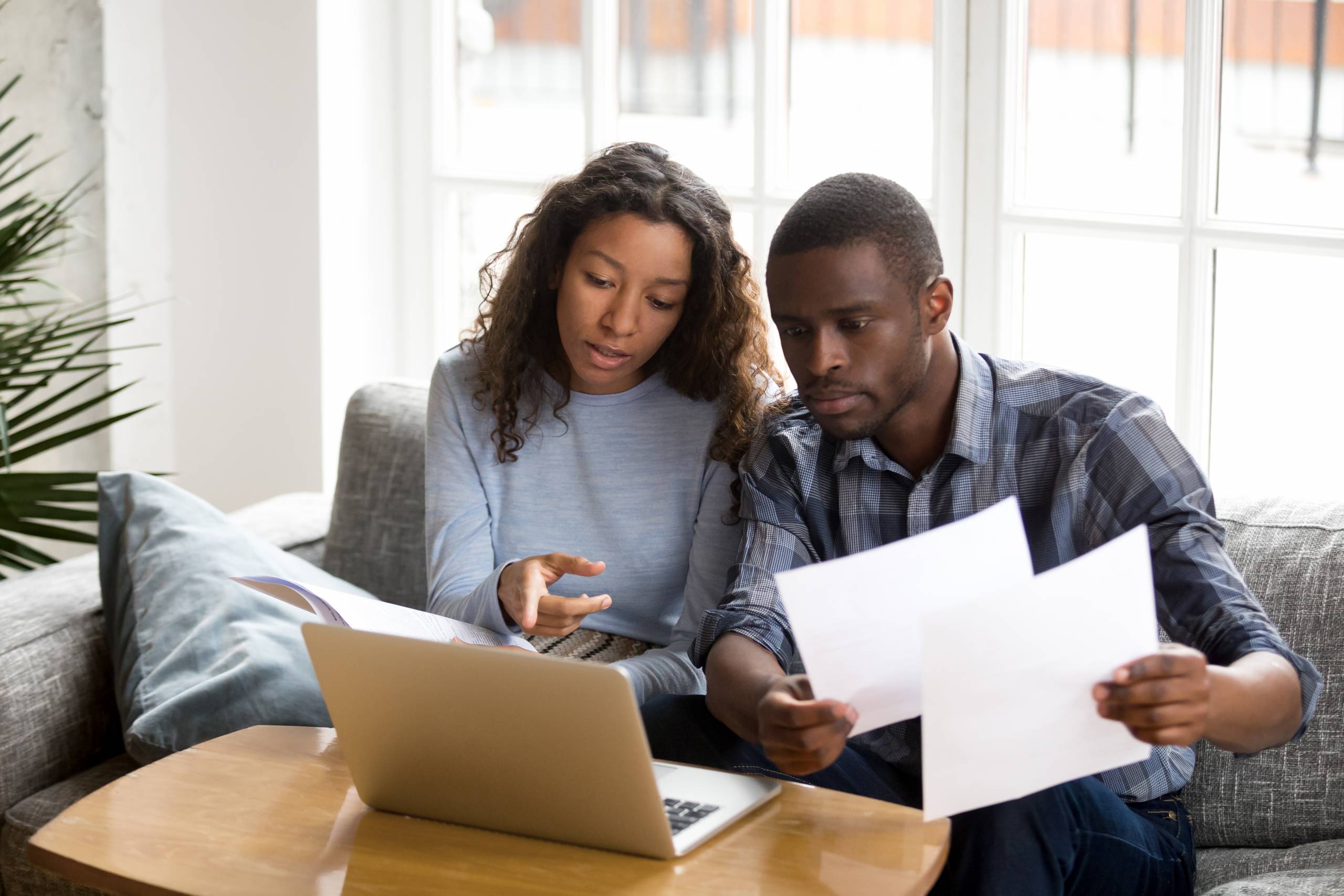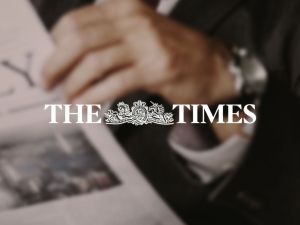For people who are either married or are in a civil union, marriage allowance allows them to receive credits on their income tax accounts, enabling them to save money. If you would like to know more about what marriage allowance is and how it works, please read on.
How the marriage allowance works
In answer to the question of how does marriage allowance work, couples who are married or in a civil partnership are entitled to offset some of their income tax on a pro-rata basis over the tax year. An individual can transfer their marriage allowance, which amounts to a total of £1,260 per year – just over 10% of their personal tax allowance – to their civil or marriage partner.
The partner who is the higher earner of the two must be someone who pays income tax at the basic rate. Their personal allowance account will then be credited with the money as a marriage allowance tax rebate and will only be expected to pay the remaining net balance.
Eligibility for the marriage tax allowance
In order to be able to claim the marriage allowance UK benefit, sometimes referred to as the marriage tax allowance, a couple must satisfy the following criteria.
- Before tax, the wages of the lowest-earning partner must be less than their tax allowance. In the current tax year, the sum is currently £12,570.
- Before tax, the wages of the highest-earning partner must be between £12,751 and the threshold for higher taxation, which is currently £50,270.
If you live in Scotland, the salary of the higher-earning partner must be below £43,462.
Another important point to address when asking can I claim marriage allowance is that you both need to be born after 5 April 1935. If one or both of you are born prior to this, then you should be claiming the married couples allowance instead.
More about the married couples tax allowance
With marriages that took place before 5 December 2005, it is the husband’s income that is used to calculate a married couples tax allowance. It is, however, possible to transfer the allowance to the wife.
With regard to marriages or civil partnerships that were formed after this date, it is the highest earner’s income that is taken into account. Tax relief is set at 10%, meaning that the higher-earning partner will be credited with 10% of the income tax they pay.
For the current tax year, the married couples tax allowance could result in reducing your tax obligation by between £353 and £912.50 a year.
Now, back to the UK marriage allowance.
How to claim marriage allowance
Claiming your married tax allowance is quite straightforward. You can do so online using the HMRC section of the GOV.UK website.
All you will need are your respective national insurance numbers and some proof of identity. To establish proof of identity, you can use any two of the following documents:
- Your P60s
- Your last three payslips
- UK passport details
- Information regarding your credit (credit cards, loans, mortgages, etc.)
- Data from any self-assessment tax returns completed within the last three years
You can also apply for your marriage allowance by calling 0300 200 3300. Lines are open from 8am to 6pm Monday to Friday. However, the fastest way to apply is online. You can expect your application to be confirmed via email within 24 hours.
If, for one reason or another, you cannot make a marriage allowance claim online, apart from phoning the telephone number shown above, you can also apply through Self Assessment, providing you are already registered and have previously sent tax returns.
If none of these options are appropriate, you can always apply in writing directly to HMRC.
How to claim marriage tax allowance for previous years
If you think you are due a marriage tax allowance refund, the good news is that claims can be lodged for the past four years.
The marriage allowance benefit was introduced for the first time in April 2015, so when can you apply for marriage allowance? Well, if you didn’t file a claim at the time, you can still make a claim for your allowances covering the 2017/18 tax year and subsequent tax years. Due to the four-year cut-off point, you cannot make claims for 2016/17, 2015/16 or before.
How much is the marriage allowance worth? The refunds you can claim over the past four years would be:
- 2017/18: £230 – the maximum of the then £11,500 personal allowance
- 2018/19: £238 – the maximum of the then £11,850 personal allowance
- 2019/20 – £250 – the maximum of the current £12,500 personal allowance
- 2020/21 – £250 – the maximum of the current £12,500 personal allowance
It is the person transferring their married persons allowance that must make the request for the marriage allowance transfer.
Claiming a rebate is similar to claiming current marriage allowance in as much as you will need you and your partner’s National Insurance numbers and details from your P60, your payslips, passports and any child benefit.
You can use the same methods as stated previously under applying for married tax allowance. You can also use the services of certain organisations that offer to make claims on your behalf, but you need to be aware that they will charge a fee based on any refund you may be given.
If you are wondering about a marriage allowance cheque and how long it takes before receiving your refund, it will take somewhere between 24 and 29 working days after HMRC receive your claim to get your money.
How does marriage allowance affect your tax codes?
Once your marriage allowance claim has been processed and approved, your tax codes will change. The tax code of the person receiving the marriage tax allowance will change to “M.” This is to indicate that this person is receiving the marriage allowance from their partner. In cases where the person who transferred their allowance to their partner is employed, their code will change to “N.”
How does marriage allowance work from a tax point of view? Well, to avoid any confusion, marriage tax allowance is not taxed. The person receiving the benefit receives it by way of an increase to their income-tax-free threshold.
How to cancel marriage allowance
You will need to cancel your marriage allowance if any of the following circumstances apply:
- Your relationship has ended through divorce, dissolution, legal separation, or one partner has passed away.
- Your income has increased, and you are now in the high-income tax bracket
- You no longer wish to claim.
If you are uncertain whether or not an increase in income affects your right to marriage tax allowance, you should telephone the HMRC on 0300 200 3300 and ask for Marriage Allowance enquiries.
Please note that with cancellations due to income changes, your allowance will still apply until the end of the tax year. If the relationship has ended, the change could be backdated to the beginning of the tax year, which may mean you have underpaid on tax.
In the event of a partner passing away, please note the following:
- The personal allowance will stay at the higher level until the tax year ends.
- The estate of the deceased partner will be distributed at the lesser amount.
Once I apply for marriage allowance – how will it be paid?
It’s important to understand that the marriage allowance is not a payment. It is an adjustment to a partner’s tax-free threshold. Once your claim for marriage tax allowance has been approved, the tax codes will be changed as previously mentioned, and the beneficiary will automatically pay less income tax through the PAYE or self-assessment systems.
Frequently Asked Questions
To round off this article on marriage allowance, here are a few frequently asked questions that may prove useful.
Can I claim marriage tax allowance if I am unemployed?
Yes, you can, providing one of the partners is not paying tax. If you happen to be unemployed, you can transfer 10% of your allowance to your partner, providing they are earning and being taxed at the basic rate.
Can I claim marriage allowance if I am self-employed?
Yes, you can, providing you are completing self-assessment forms.
Can I claim marriage allowance if I am on maternity leave?
You can claim marriage allowance on maternity leave by transferring 10% of your personal tax allowance to your partner. A couple can save up to a maximum of £250 in any tax year by doing so.
*As with all investing, financial instruments involve inherent risks, including loss of capital, market fluctuations and liquidity risk. Past performance is no guarantee of future results. It is important to consider your risk tolerance and investment objectives before proceeding.





